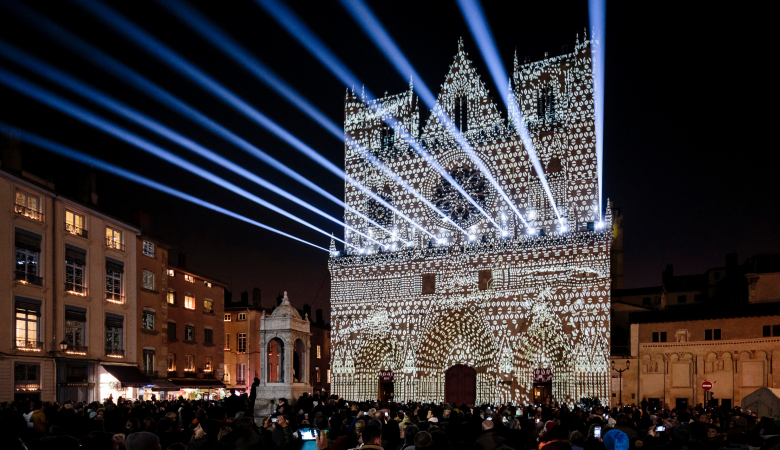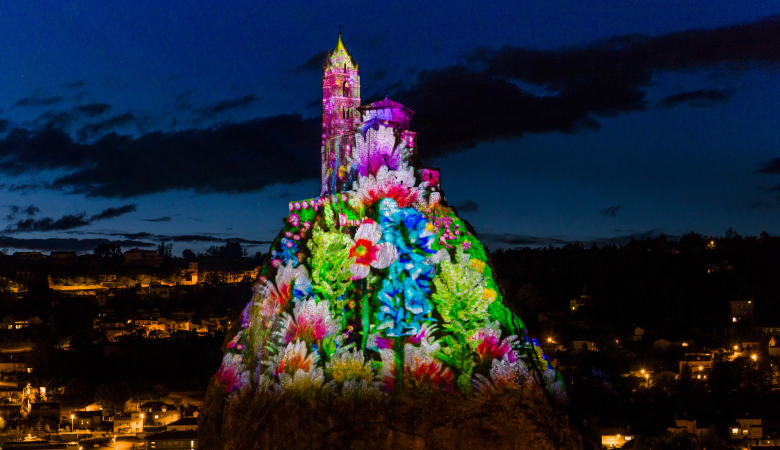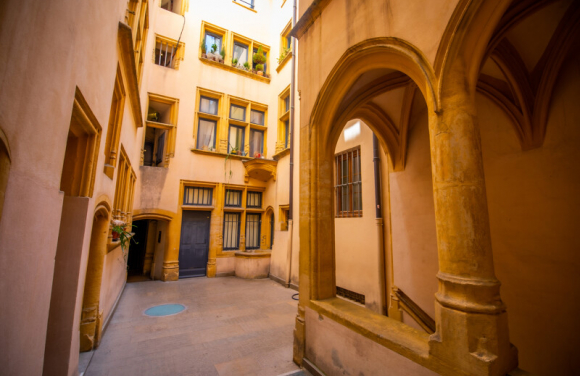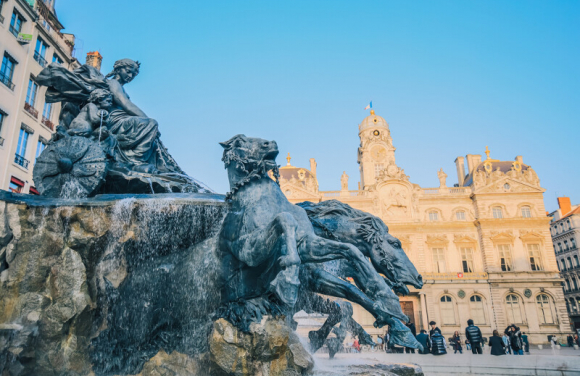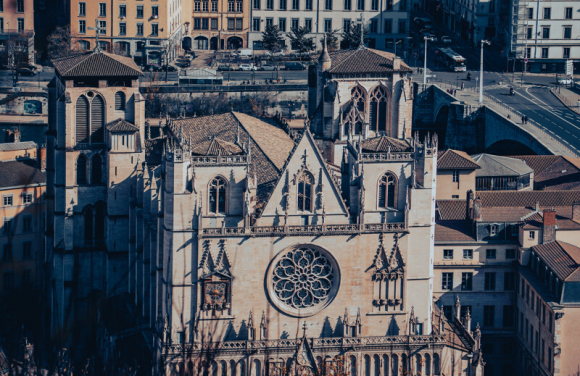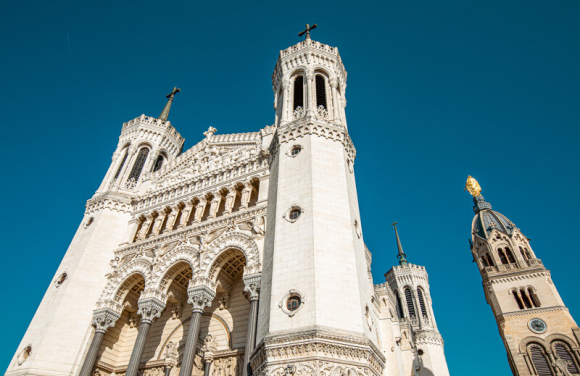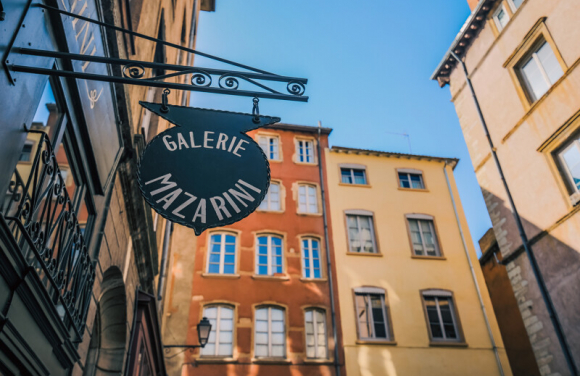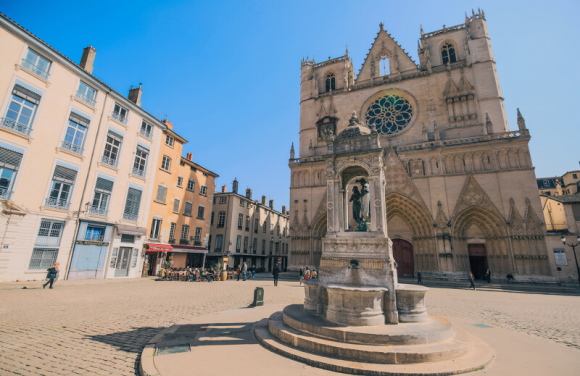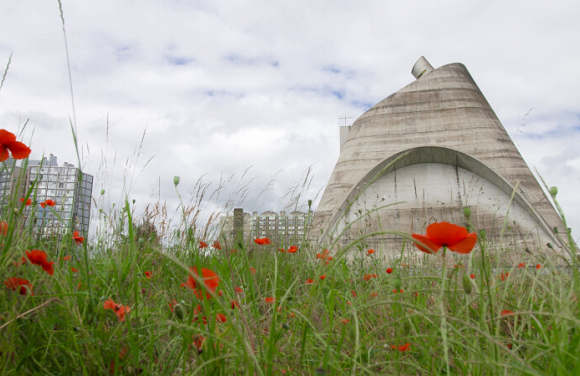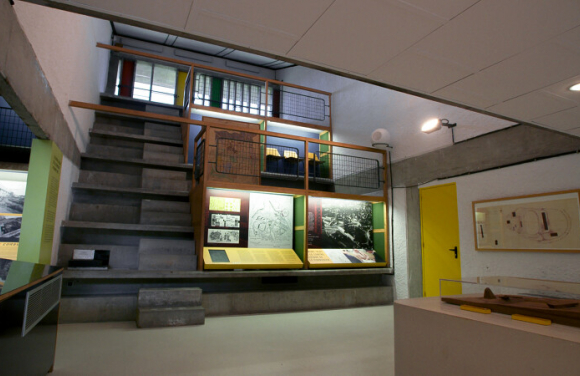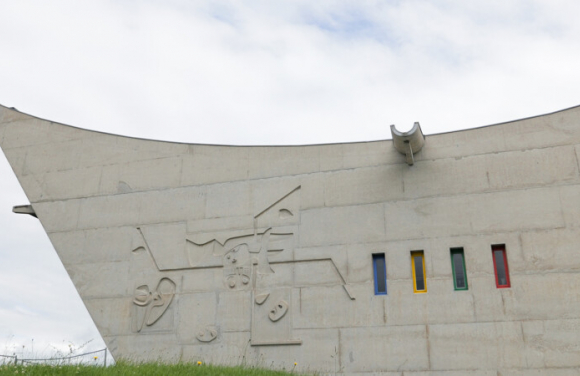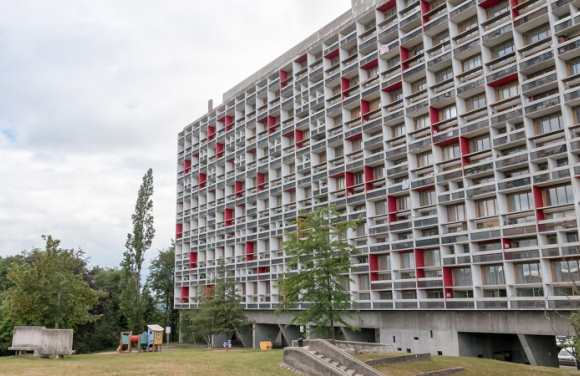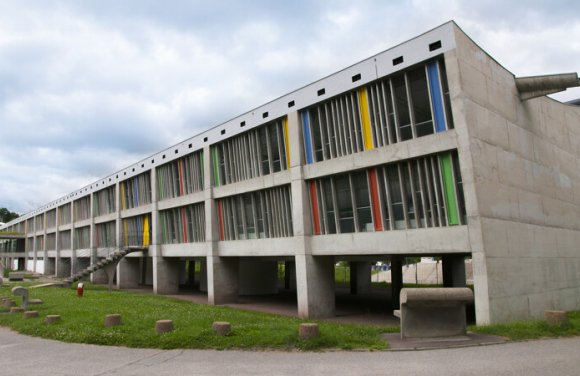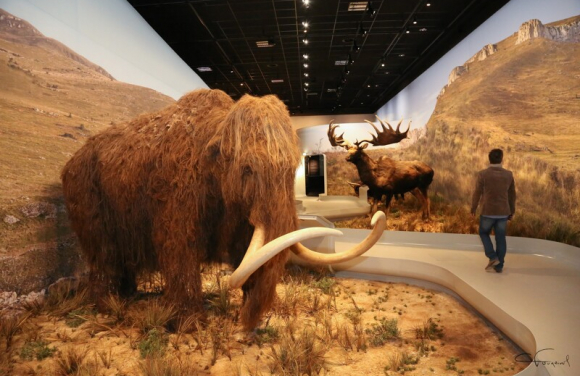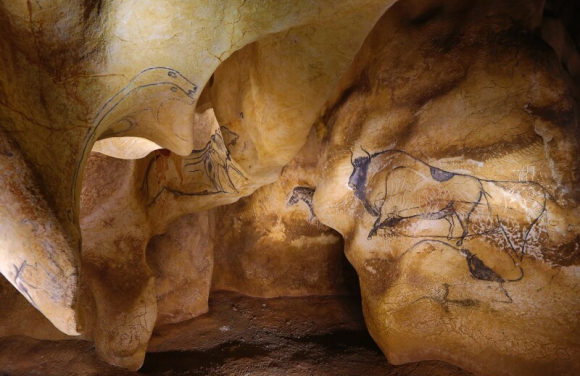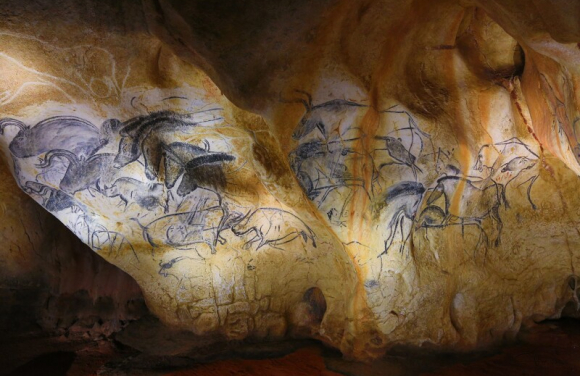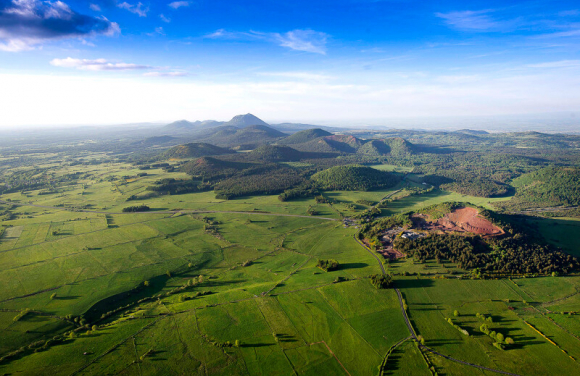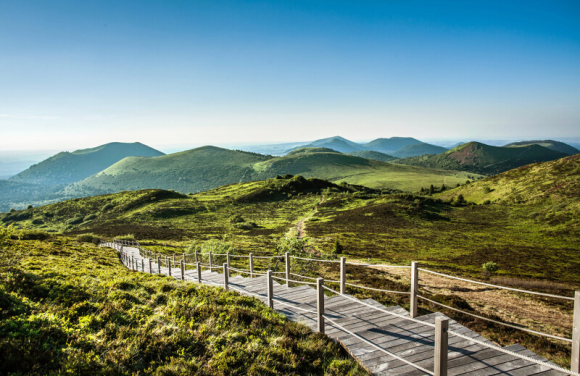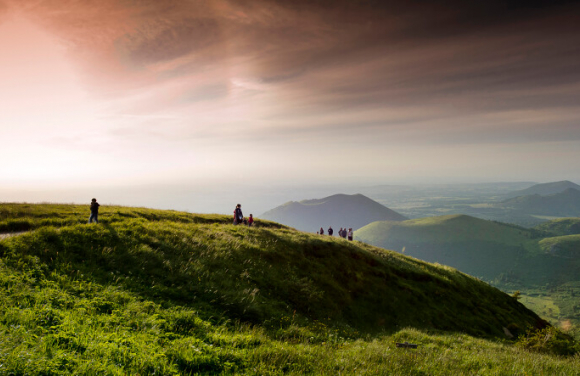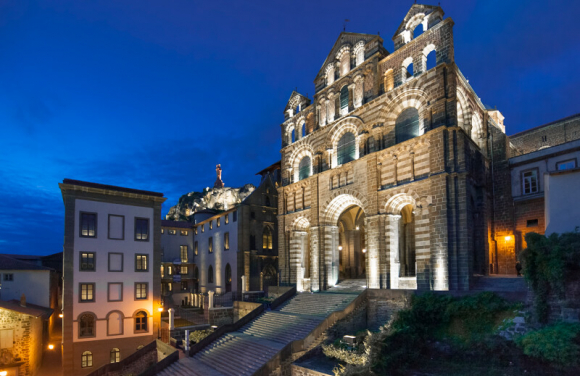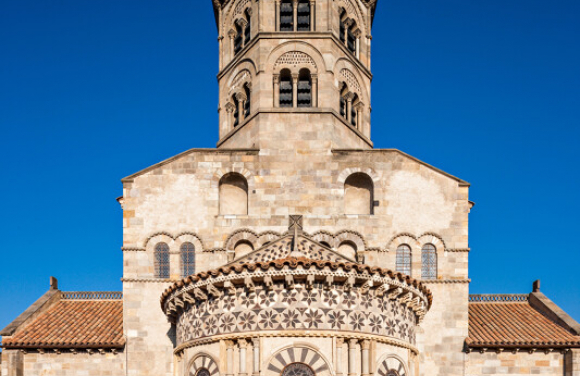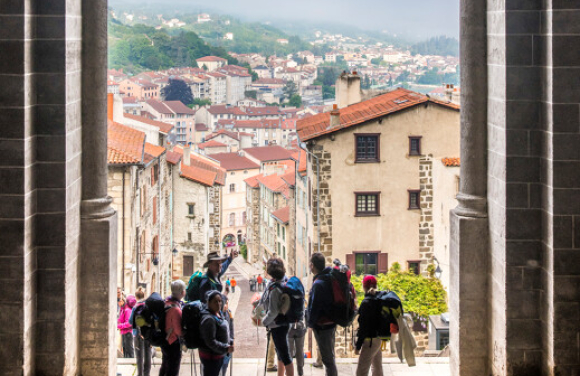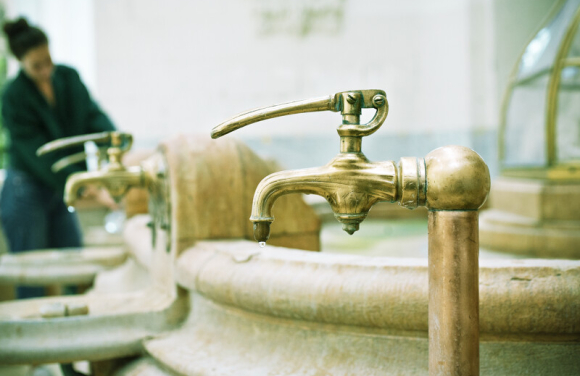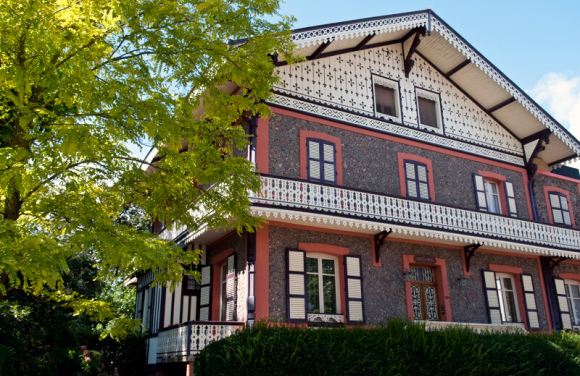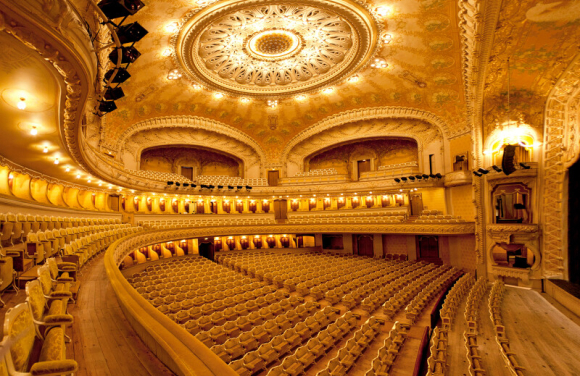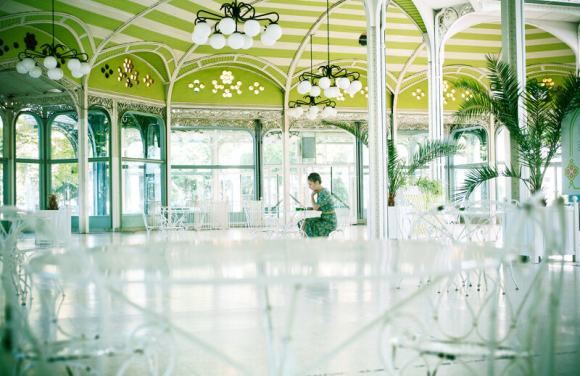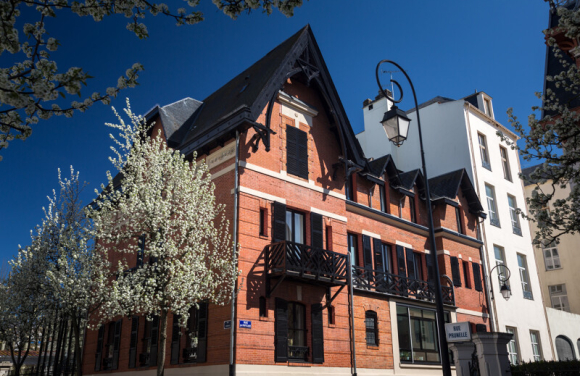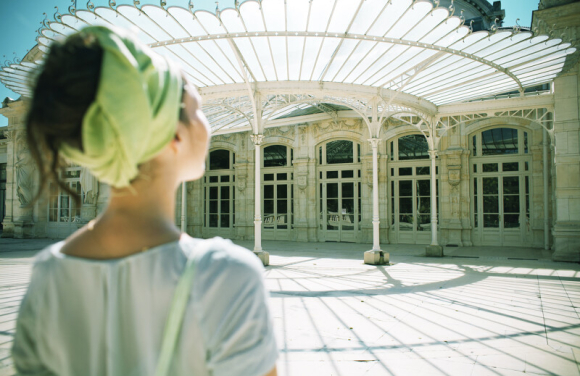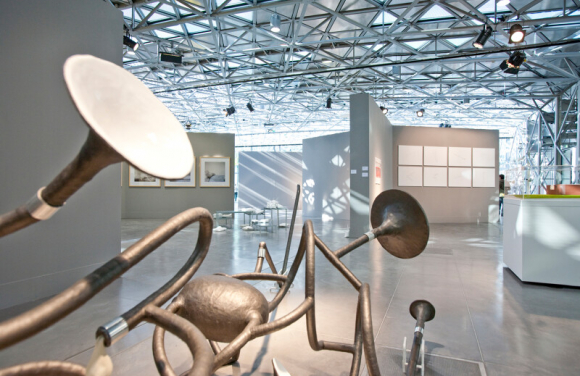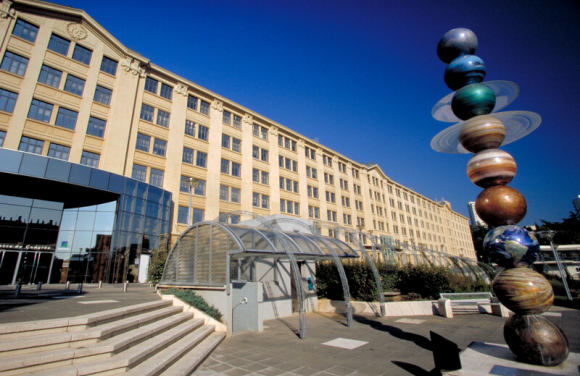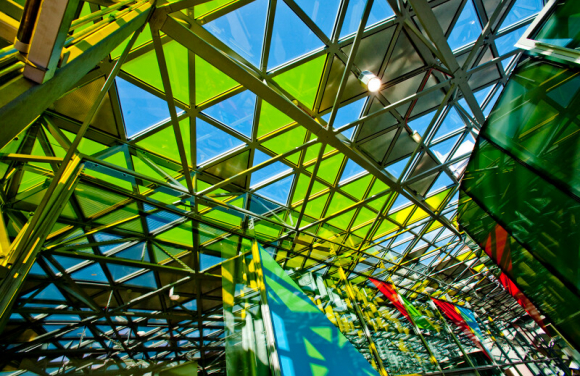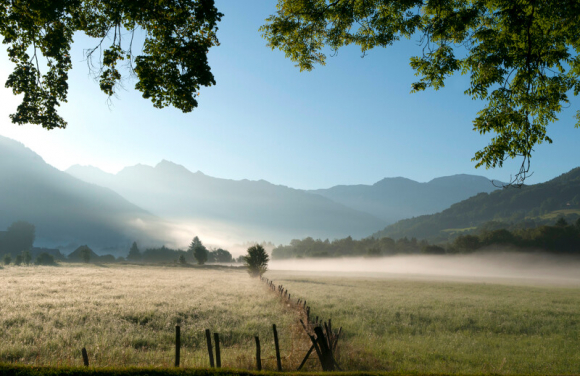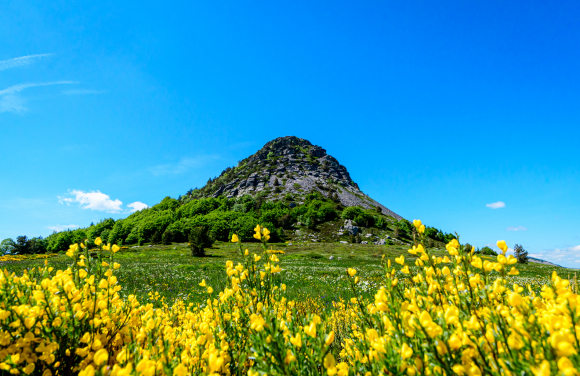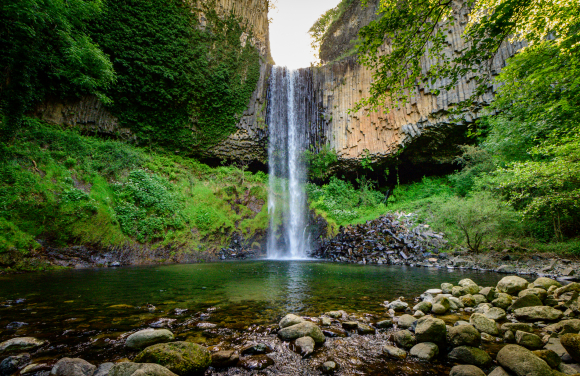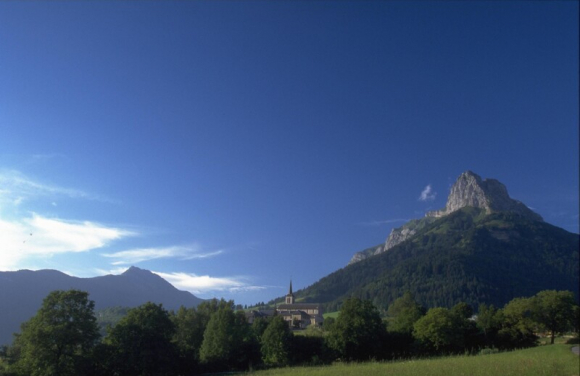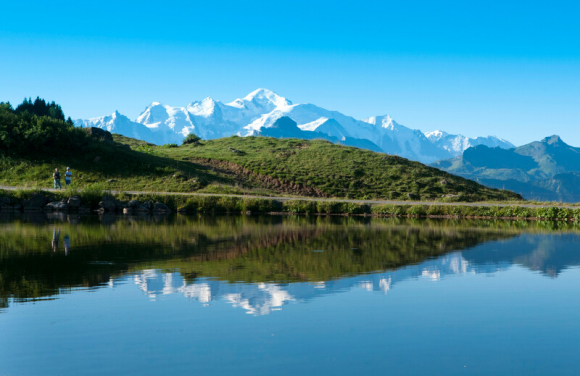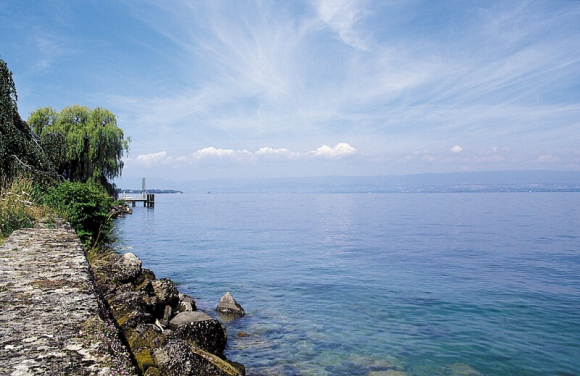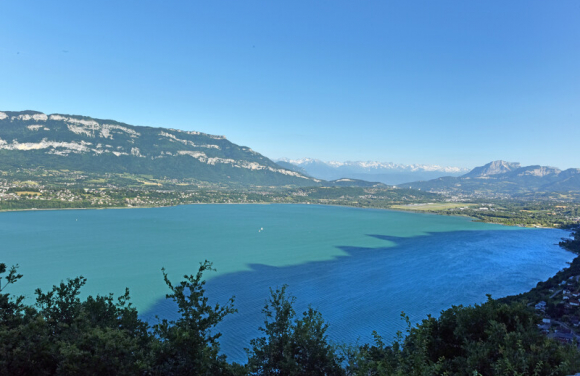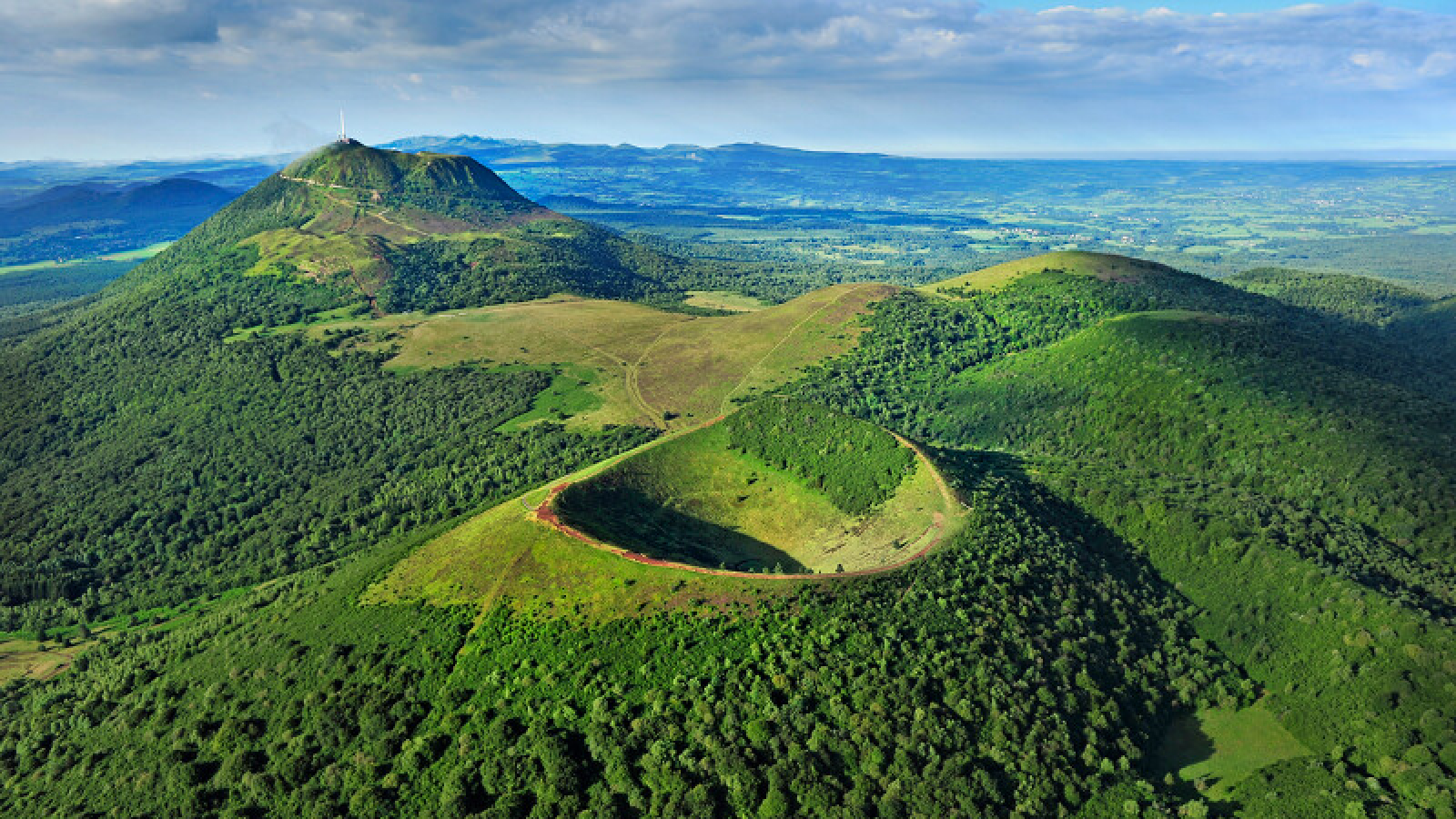
UNESCO sites
Auvergne Rhône-Alpes region has an extremely rich cultural and natural heritage. Spread over the entire territory and throughout the ages, 9 major sites are listed as UNESCO World Heritage sites. This international recognition demonstrates their universal value. The conservation and development of these exceptional properties preserve the cultural and natural foundations of the territory. The discovery of these sites is a fascinating journey that combines the beautiful, the unusual and the spectacular.
A visionary city by Le Corbusier, an international city, dedicated to design, masterpieces of Romanesque art, 500 hectares of history in the heart of Lyon, a 30,000 year-old painting gallery, forgotten dwellings under the waters of Alpine lakes, not forgetting Auvergne’s volcanoes, France’s first natural asset to be listed on the World Inventory.
Major events
Key people
Lyon’s historic centre
Since 1998, the heart of Lyon has been listed as a UNESCO World Heritage Site. This 427 ha area covers four districts and 2000 years of history!
It includes the Fourvière hill, Old Lyon, the Croix Rousse slopes and part of the peninsula, providing a pictorial account of Lyon’s architecture. The Roman theatres of Lugdunum, the ancient city, the Fourvière Basilica with its neo-Byzantine decorations, the Gothic Cathedral of Saint-Jean in the heart of medieval and renaissance Lyon, the hillside houses of the Croix Rousse between traboules and stairs, but also the prestigious spaces and buildings from the Place Bellecour to the Place des Terreaux, the Town Hall, the Fine Arts Museum and the Grand Hôtel Dieu...
The city’s heart is a real open-air museum with 162 monuments and 600 listed courtyards and traboules,
The architectural work of Le Corbusier
In 2016, 17 works by Charles-Edouard Jeanneret, known as Le Corbusier, were listed as UNESCO World Heritage Sites. It is recognition of the work of this international architect for his avant-garde vision and his contribution to the foundation of modern architecture.
Two of these selected sites are located in Auvergne Rhône-Alpes: The Maison de la Culture in Firminy near Saint-Etienne and the Couvent de la Tourette in Éveux near Lyon.
In the district of Firminy-Vert, the Maison de la Culture, the stadium and the church of Saint-Pierre constitute the largest European complex designed by Le Corbusier. An avant-garde project representative of his visionary art.
Chauvet cave - Pont d’Arc
Located at the entrance to the Ardèche gorges, close to the Pont d’Arc, the Chauvet cave covers 8,500 m². In 1994, the discovery of the passionate speleologist Jean-Marie Chauvet revealed an outstanding set of prehistoric cave art dating back over 30,000 years! The oldest known to date, this remarkable testimony,was recognised as a UNESCO World Heritage Site 20 years later.
Closed by a landslide some 20,000 years ago, the cave has been amazingly well preserved, with numerous Paleolithic remains and more than 1,000 paintings, animal figures and human themes that owe their quality to the techniques’ diversity. This universal treasure is under the highest protection. An impressive authentic reproduction, La Grotte Chauvet 2, allows visitors to appreciate the incomparable richness of this heritage.
Chaîne des Puys - Limagne fault
Auvergne “is the best school for all those who are interested in volcanism”. Haroun Tazieff, the famous vulcanologist, underlined the major interest of the Massif Central for observing and understanding the formation of volcanoes.
The long chain of the Puy-Limagne Fault with its 80 domes, cones and maars is an exceptional illustration of the geological phenomena at the origin of the earth’s history. Considered a tectonic mecca, this site, with its geological and landscape features, was listed as a UNESCO World Heritage Site in 2018. This vast area in Auvergne’s Volcanoes Regional Nature Park was the first natural site in mainland France to receive this international recognition.
On the Way of Saint James: Notre-Dame-du-Port and Notre-Dame du Puy
The network of the Way of Saint James in France constitutes a unique cultural and religious ensemble. Numerous sanctuaries and other built properties, and parts of the route, have been included in the UNESCO World Heritage inventory since 1998.
In Puy-en-Velay, a crossroads of pilgrimage in the Middle Ages and the starting point of the Via Podiensis, the protected sector covers 35 hectares, including Notre-Dame du Puy Cathedral and the Hôtel-Dieu hospital. Although the cathedral was renovated in the 19th century, it has preserved its domes, painted decorations, and cloister, an admirable masterpiece of Auvergne Romanesque art. Seven sections of the Chemin du Puy are also inventoried, i.e. nearly 160 km.
Not forgetting the Basilica of Notre-Dame-du Port in Clermont-Ferrand, another jewel of Romanesque art and another major stage on the Via Arverna.
Vichy « Europe’s great city of water »
Vichy is the only spa in France designated as a UNESCO World Heritage Site and is a unique testimony to the history of hydrotherapy in Europe, along with 10 other European spa towns.
The Auvergne resort was chosen for the symbolic value of its heritage, particularly its architectural wealth, which has been a feature of major holiday destinations since the end of the 19th century. Pavilions, bandstands, galleries, casinos, chalets, hotels, parks and gardens form the perimeter of its past glories. This allows visitors to discover the town through the course of history; from the splendour of the Second Empire to Art Deco style and the elegance of La Belle Époque.
Saint-Etienne “Creative City of Design”
Since 2010, this UNESCO recognition shows how much creativity and the cultural industry are at the heart of the development of the city of Saint-Etienne. The only French city to receive this title, it has joined the network of UNESCO creative cities, promoting its international influence.
Activities, initiatives and projects demonstrate the dynamism of the sector. The City of Design, the International Design Biennial, the international laboratory for lifestyle design... Design, research and innovation are employed as a lever for transforming this former mining city anchored in industrial modernity. A city in constant motion resolutely turned towards the future.
The “UNESCO World Geopark”: 4 territories in Auvergne Rhône-Alpes
The Monts d’Ardèche in the Massif Central, the Massif des Bauges in the Alps, the Chablais bordering Lake Geneva or the Beaujolais near the Rhone Valley, all share a common characteristic: they are all classified as “UNESCO Global Geoparks”. It is a significant enhancement of the region’s exceptional geological heritage.
These natural areas illustrate singular geological formations, landscapes and the human activities resulting from them and forging the identity of the territories. Rocks and reliefs, built heritage and other remains are all “geosites”, points of interest that arouse admiration and curiosity.
Caves and volcanoes in the Monts d’Ardèche, canyons and lakes in the Bauges, mountain pastures and lookouts in the Chablais, or the banks of the Saône, the eco-museum or the geological trail of the Mont d’Or in the Beaujolais. All around the region, walks, visits, and micro-adventures reveal the wealth of a thousand-year-old heritage.
Prehistoric Palaeolithic sites
Many palaeolithic sites have been recorded in the lakes and marshes of the Alpine Arc. Precious witnesses of prehistoric houses, a group of 111 sites has been classified as a UNESCO heritage site since 2011, including the remains found at the bottom of the Bourget, Aiguebelette, Annecy and Léman lakes.
These Neolithic lacustrine constructions are unique sources of knowledge for cutting-edge archaeology that allows us to explore the life of the first agricultural societies in Europe. Although these archaeological treasures, hidden under the water, remain unknown because of their inaccessibility, the interpretations from these discoveries allow us to appreciate their value.

